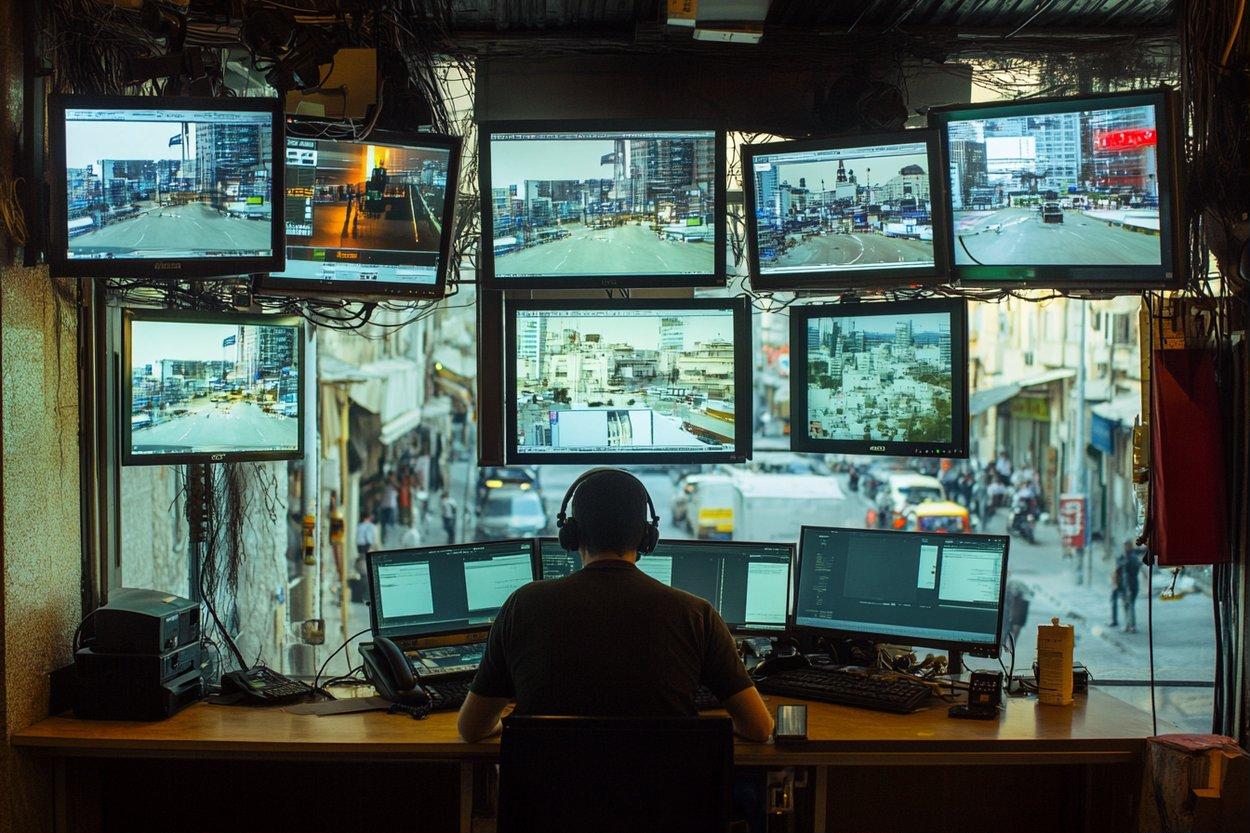Unmasking the Obscure: The Resurgence of Mime in Contemporary Entertainment
In a world dominated by digital chatter, an old art form is making a surprising comeback. The quiet world of mime, often overlooked, is stepping back into the spotlight. This article delves into the re-emergence of mime, its historical roots, and its profound impact on today's entertainment industry.

Background and Historical Context
Mime, the art of expressing feelings and narrating a story through body movements without the spoken word, has a rich history. Originating in ancient Greece, it was adopted and developed further by the Romans. In the 20th century, the French actor and mime Marcel Marceau brought mime to the world stage, captivating audiences with his silent storytelling. Despite its historical significance, mime was sidelined by the rise of technology and the demand for more explicit forms of entertainment.
The Mime Renaissance
The 21st century has brought about a renaissance in mime. Recent years have seen a surge in mime performances at festivals, in theaters, and on television. In 2019, mime artist Sam Wills, known as ‘Tape Face’, received a standing ovation at America’s Got Talent. The same year, the London International Mime Festival reported record-breaking ticket sales. This renewed interest in mime reflects a broader shift in entertainment consumption, with audiences seeking out more nuanced and immersive experiences.
Relevance in Today’s Entertainment Industry
In a world inundated with noise, the silence of mime offers a refreshing change. Mime performances, with their emphasis on physical expression and emotional connection, offer audiences a break from technology-driven entertainment. They encourage viewers to engage their imaginations, interpreting the unspoken narratives presented on stage. Mime also transcends language barriers, making it an inclusive form of entertainment that can be enjoyed by diverse audiences worldwide.
Impact and Significance
The resurgence of mime is influencing other areas of entertainment. In film, silent characters like Mr. Bean have gained global popularity, while in theater, physical theater companies are increasingly incorporating mime techniques into their productions. Mime has also found a place in the digital world, with mime-inspired TikTok challenges going viral. This demonstrates the enduring appeal of mime and its adaptability in an ever-evolving entertainment landscape.
Reception and Future Outlook
The re-emergence of mime has received a mixed reception. While some critics dismiss it as outdated, others praise its ability to convey complex emotions without words. As mime continues to gain momentum, its future looks promising. The increasing popularity of physical theater, the demand for more immersive experiences, and the advent of virtual reality technology could open new avenues for mime, offering exciting prospects for this ancient art form.
While the digital age has revolutionized the entertainment industry, the resurgence of mime reminds us that some forms of expression transcend time and technology. By stripping away the noise and focusing on pure physicality, mime offers a unique form of storytelling that captivates audiences in a way that words often cannot. As we move forward, it will be fascinating to see how this silent art form continues to evolve and adapt to our changing world.




